Can Budget bridge the rich-poor divide?
Image: Income inequality rises.
Can Budget bridge the rich-poor divide?
Image: Actual inequality is much higher.This raises three questions: (a) is the actual inequality much higher?; (b) as long as all social strata are doing better, perhaps at differential rates, how does it matter? Does inequality hurt growth?; (c ) if yes, what is the most appropriate way to redistribute the unequal spoils of growth?
Can Budget bridge the rich-poor divide?
Image: Five-month-old Roshni, child of a woman labourer (R), rests in a basket at a roadside construction,Photographs: Ajay Verma/Reuters.
Can Budget bridge the rich-poor divide?
Image: Most youngsters do odd jobs.
Can Budget bridge the rich-poor divide?
Image: Laundrymen work at the Dhobi Ghat open air laundry in Mumbai.Photographs: Danish Siddiqui/Reuters.
The second question is whether inequality is bad for growth. Worsening inequality does not negate the fact that "all" classes in India have had their incomes increased, even adjusting for inflation.
It is just that in relative terms the rich got a disproportionate share of the ever-growing pie.
Can Budget bridge the rich-poor divide?
Image: A farmer rests on the sacks of wheat at a grain market.Photographs: Reuters.
If this were America, it wouldn't be a big problem; the society there is characterised by a social and economic churn. If someone is doing much better, it acts as an incentive for others.
Billionaires' success becomes an aspiration motivator. But, because Indian society is rigid, socio-economic barriers remain entrenched across generations. The in-your-face stark inequality is ultimately a potential trigger for social instability, rather than an incentive for new entrepreneurs. Besides, how can an increase in the number of private security guards and gated communities be a sign of improving living standards?
Can Budget bridge the rich-poor divide?
Image: Naxalites with bow and arrows.Photographs: Reuters.
The warning about widening social and economic inequality was given in a prophetic speech by B R Ambedkar in 1949.
He said, "How long shall we continue to live this life of contradictions? How long shall we continue to deny equality in our social and economic life? If we continue to deny it for long, we will do so only by putting our political democracy in peril. We must remove this contradiction at the earliest possible moment or else those who suffer from inequality will blow up the structure of political democracy which this (Constituent) Assembly has so laboriously built up."
Can Budget bridge the rich-poor divide?
Image: Bullet shells, a grim reminder of an encounter between security forces and Naxals.Photographs: Reuters.
Can Budget bridge the rich-poor divide?
Image: Budget spending pattern must be inclusive.
Can Budget bridge the rich-poor divide?
Image: A poor family.The author is chief economist, Aditya Birla Group. The views expressed are personal.

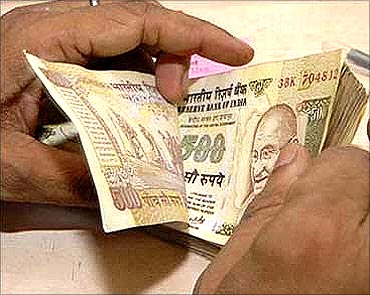

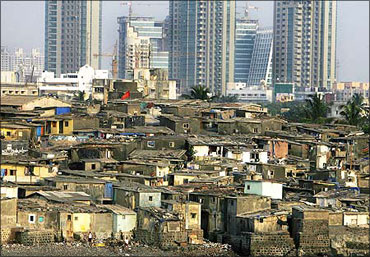

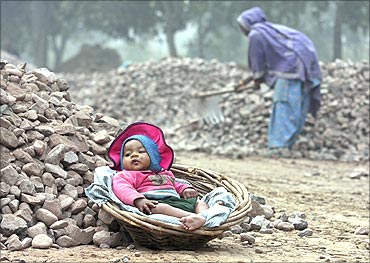
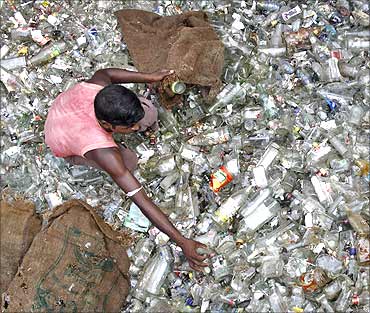

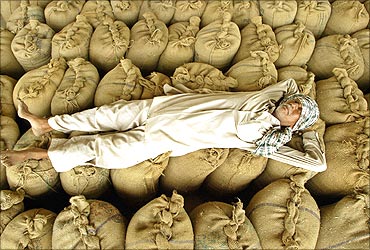


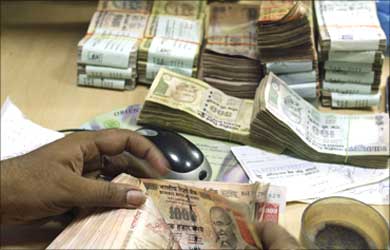


article